The following bailout procedures are reproduced from the Pilot Training Manual for the Thunderbolt P-47N, Headquarters, Army Air Forces, September 1945.
Bailout Procedures
1. Plane Under Control.
Gain altitude if it is necessary. Call Mayday (international distress signal) on channel designated for distress. Switch on emergency IFF. If time permits, contact controller and give pertinent information, such as altitude and course.
Jettison the canopy. Disconnect your shoulder harness, radio leads, oxygen tubing, and safety belt. Keep oxygen mask on to protect face from cold and fire. Pull up into a slow climb, bank the ship gently to the left, and go off the right wing. From this side the slip-stream will aid in clearing the tail. If you prefer you may roll the plane on its back, release the safety belt, and fall out with the plane inverted. Keep your hand away from the ripcord release, as the slipstream will jerk your arm before you are clear of the plane.
When jettisoning the canopy, remember to duck your head.
2. Plane Under Control but on Fire.
Follow the normal procedure but do not open the canopy until last possible moment in order to keep flames and smoke from being sucked into the cockpit.
3. Plane Out of Control Not on Fire.
Follow the normal plane under control procedure as far as possible, but never release your safety belt until you are ready to leave the plane as in most cases you will be pulled or thrown clear by suction or some other force.
If altitude permits, wait until you slow down before pulling the ripcord.
4. Plane Out of Control and on Fire.
Follow the normal out of control procedure, remembering not to open the canopy until the last possible moment.
Review the instructions in PIF on what to do after leaving the plane.

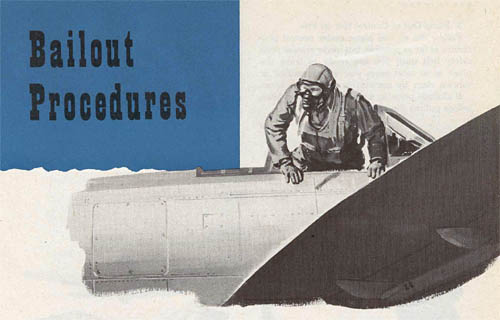
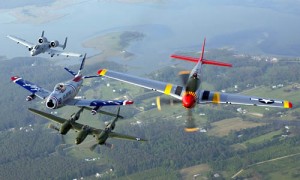
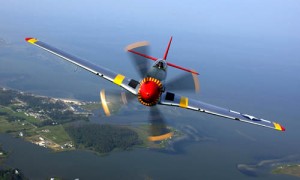
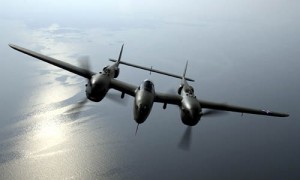
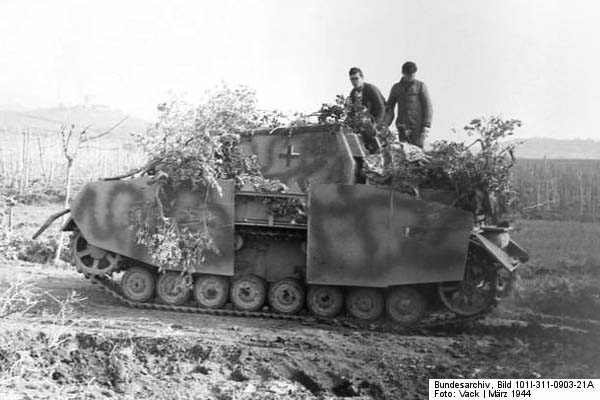
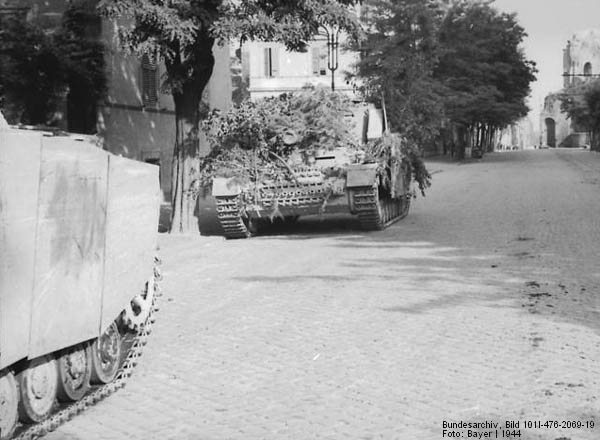
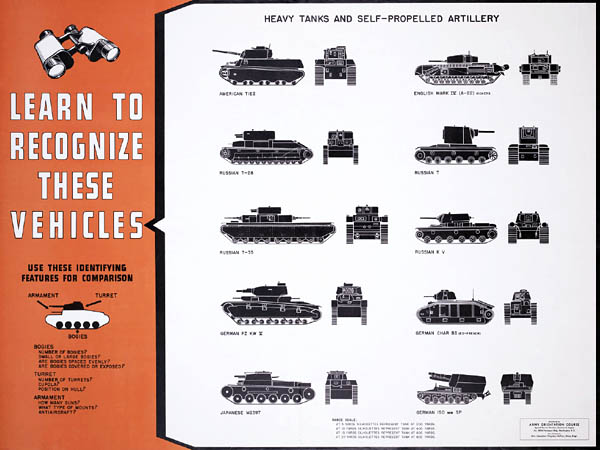
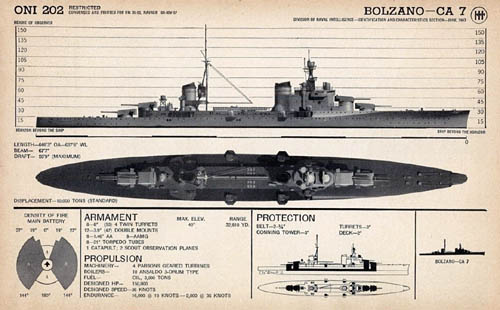
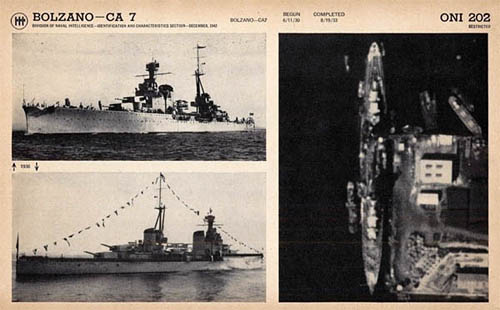
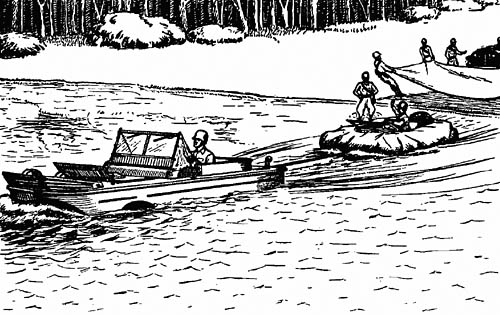
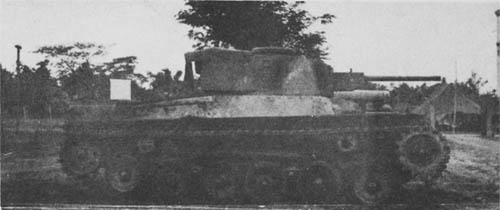
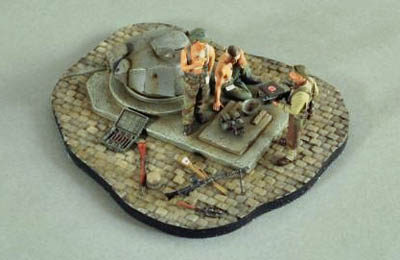 Resin vignette; French Somua tank turret pillbox; Cobblestone street section; GI with Thompson; Two wounded German prisoners with weapons and equipment. List price: $39.95.
Resin vignette; French Somua tank turret pillbox; Cobblestone street section; GI with Thompson; Two wounded German prisoners with weapons and equipment. List price: $39.95.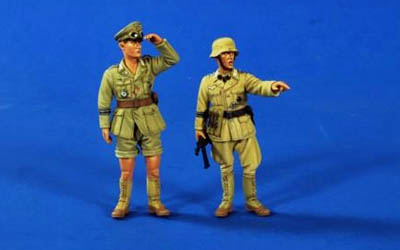 Two figure set; German Afrika Korps officers in tropical uniforms; Standing officer with steel helmet and MP-40; Other officer with officer’s cap and goggles. List price: $16.95.
Two figure set; German Afrika Korps officers in tropical uniforms; Standing officer with steel helmet and MP-40; Other officer with officer’s cap and goggles. List price: $16.95.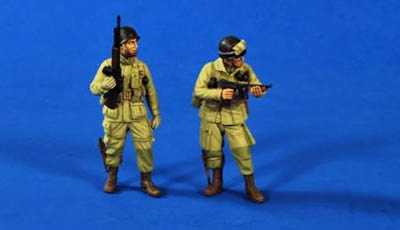 Two figures; Standing U.S. WWII paratroopers; 1943 pattern jump suit with gear; Thompson and BAR. List price: $16.95.
Two figures; Standing U.S. WWII paratroopers; 1943 pattern jump suit with gear; Thompson and BAR. List price: $16.95.







